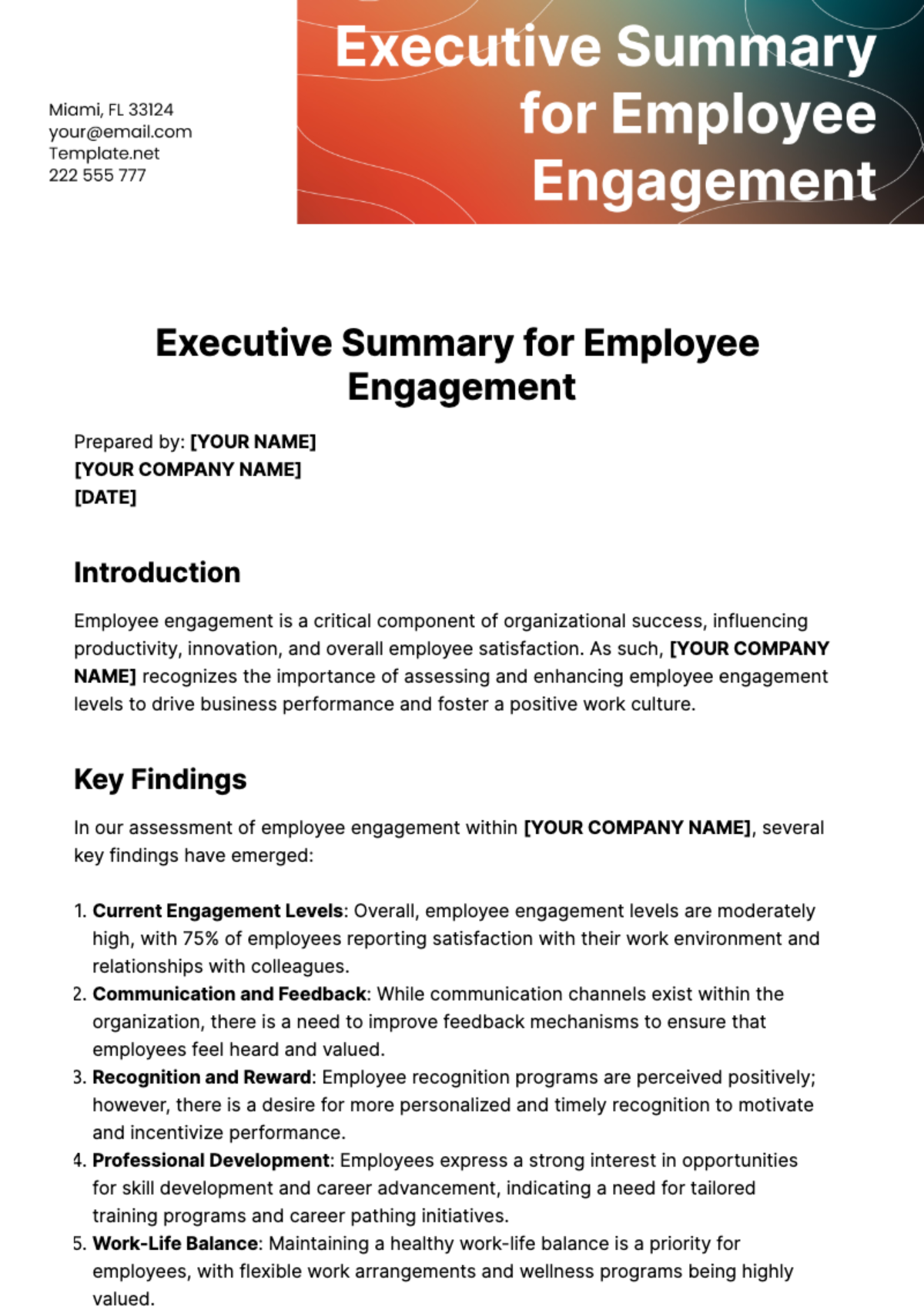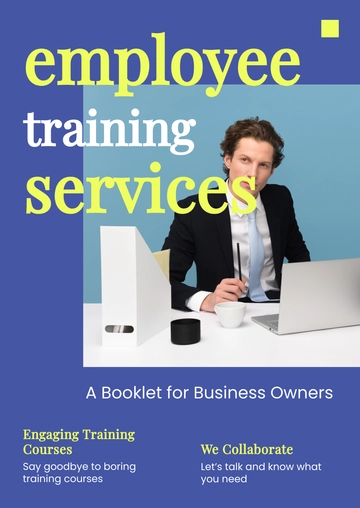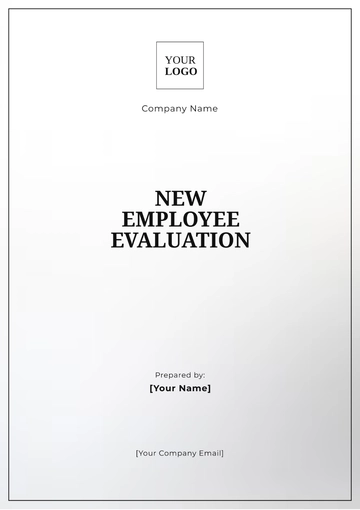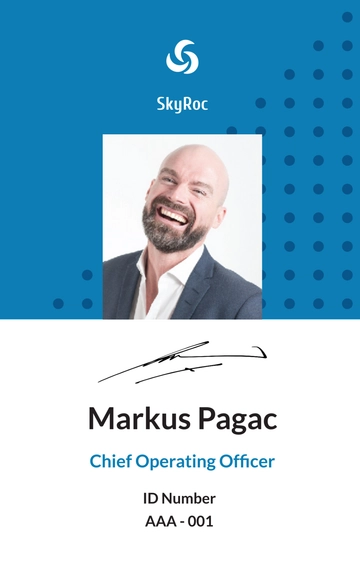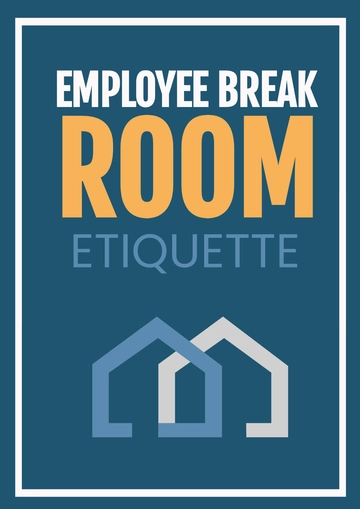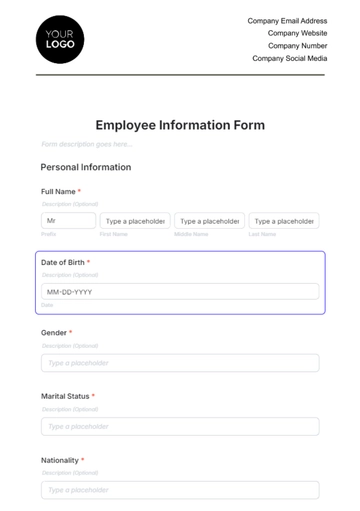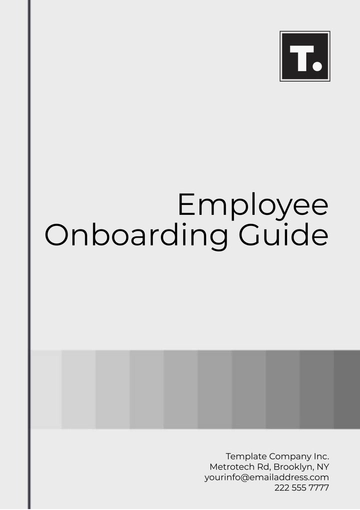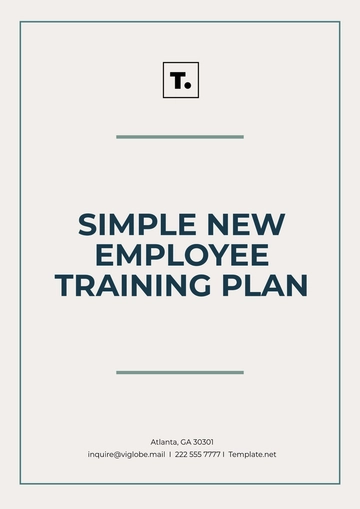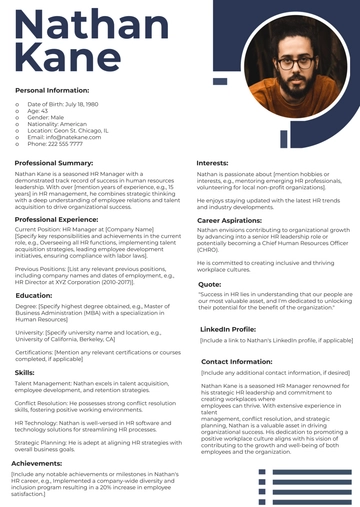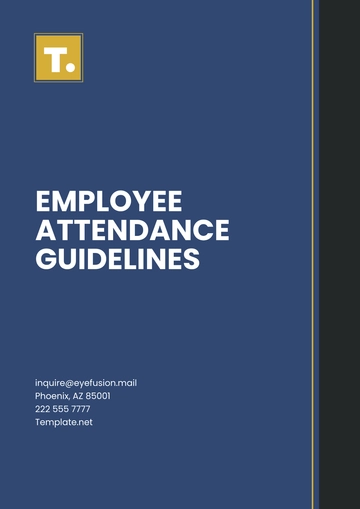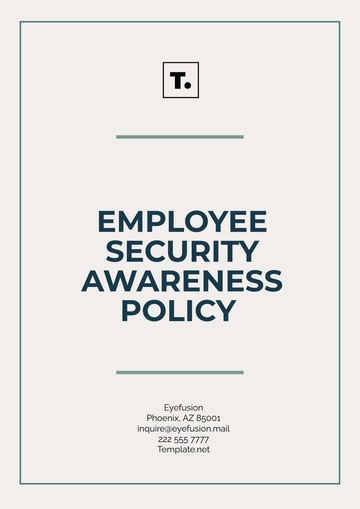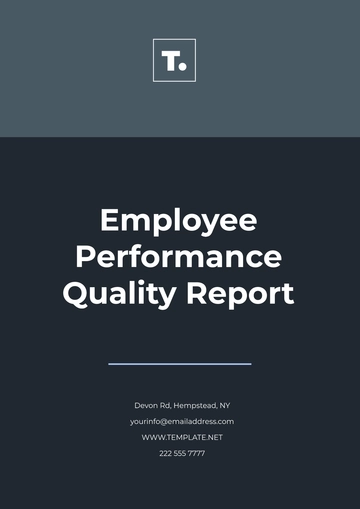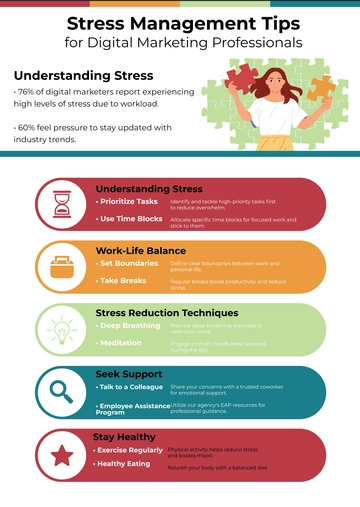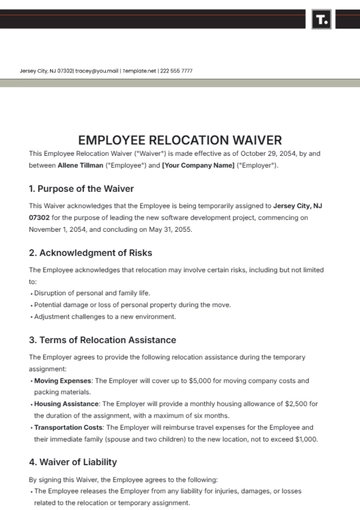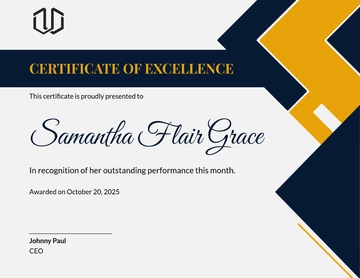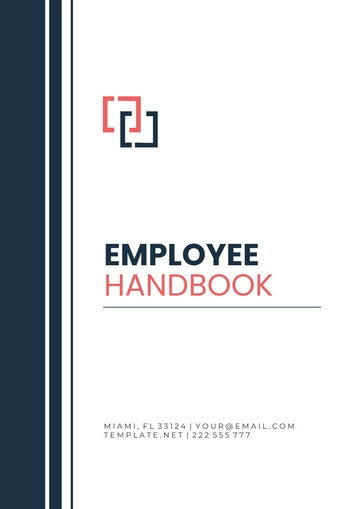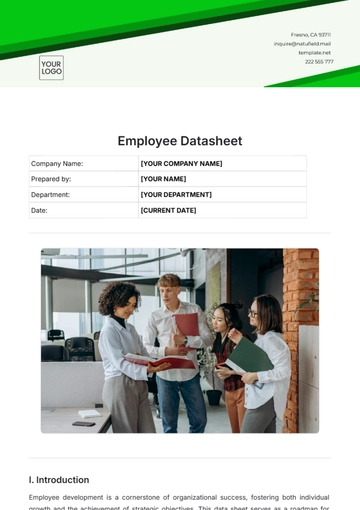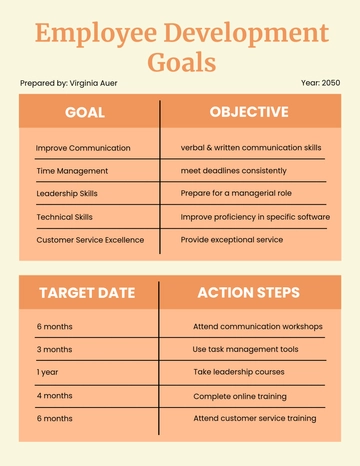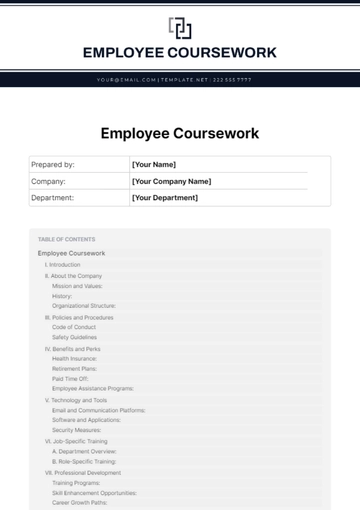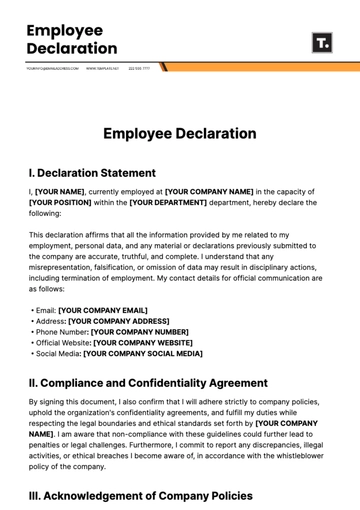Executive Summary for Employee Engagement
Prepared by: [YOUR NAME]
[YOUR COMPANY NAME]
[DATE]
Introduction
Employee engagement is a critical component of organizational success, influencing productivity, innovation, and overall employee satisfaction. As such, [YOUR COMPANY NAME] recognizes the importance of assessing and enhancing employee engagement levels to drive business performance and foster a positive work culture.
Key Findings
In our assessment of employee engagement within [YOUR COMPANY NAME], several key findings have emerged:
Current Engagement Levels: Overall, employee engagement levels are moderately high, with 75% of employees reporting satisfaction with their work environment and relationships with colleagues.
Communication and Feedback: While communication channels exist within the organization, there is a need to improve feedback mechanisms to ensure that employees feel heard and valued.
Recognition and Reward: Employee recognition programs are perceived positively; however, there is a desire for more personalized and timely recognition to motivate and incentivize performance.
Professional Development: Employees express a strong interest in opportunities for skill development and career advancement, indicating a need for tailored training programs and career pathing initiatives.
Work-Life Balance: Maintaining a healthy work-life balance is a priority for employees, with flexible work arrangements and wellness programs being highly valued.
Action Plan
Based on these findings, [YOUR COMPANY NAME] proposes the following action plan to enhance employee engagement:
Enhanced Feedback Mechanisms: Implement regular feedback sessions between managers and employees to facilitate open communication and address concerns effectively.
Personalized Recognition Programs: Revise existing recognition programs to include personalized and timely recognition, leveraging both formal and informal channels to acknowledge employee contributions.
Investment in Professional Development: Develop a comprehensive training curriculum and career pathing framework to support employee growth and advancement opportunities.
Promotion of Work-Life Balance: Promote the utilization of flexible work arrangements and wellness initiatives, emphasizing the importance of employee well-being.
Leadership Development: Provide leadership training to managers to equip them with the skills necessary to effectively lead and engage their teams.
Conclusion
Enhancing employee engagement is crucial for [YOUR COMPANY NAME] to maintain a competitive edge and foster a positive workplace culture. By implementing the proposed action plan, [YOUR COMPANY NAME] aims to strengthen employee commitment, productivity, and satisfaction, ultimately driving organizational success.
Summary Templates @ Template.net
